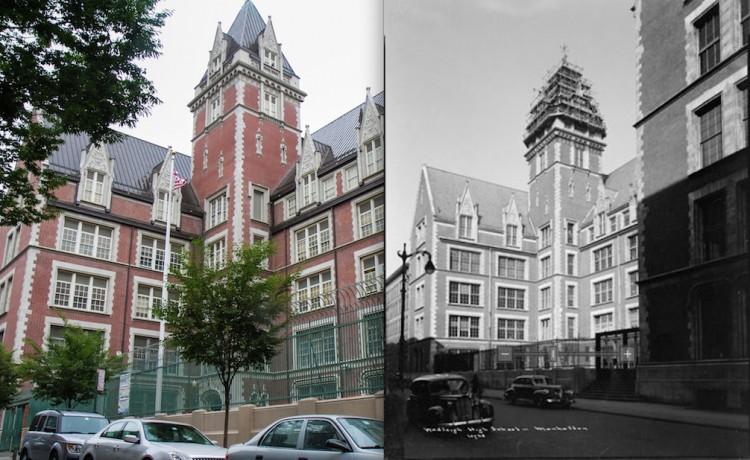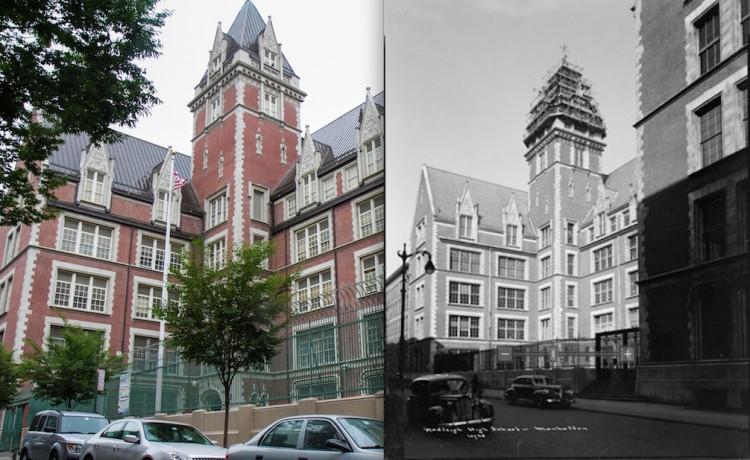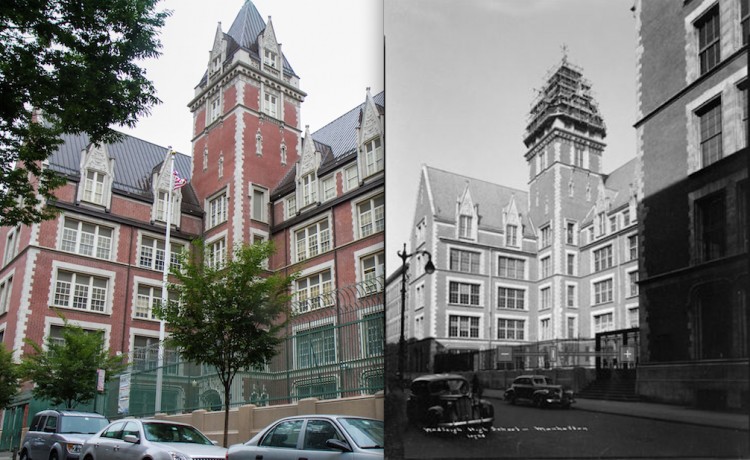NEW YORK—Charles B. J. Snyder oversaw or signed off on hundreds of schools and additions across the five boroughs in the late 1800s and early 1900s, marking a new era where youth learned in better and healthier buildings.
The city’s Department of Education puts the number of schools built by Snyder at close to 350, and the Landmarks Commission puts it at more than 170.
Jean Arrington, writer, editor, and Snyder enthusiast, counts 408 schools, 281 still standing, and 235 still standing as public schools.
Others are now private schools, health facilities, and condos, among other uses, as well as one church, and a funky hotel, Arrington said Tuesday evening—the hotel mention evoking laughter from the crowd.







